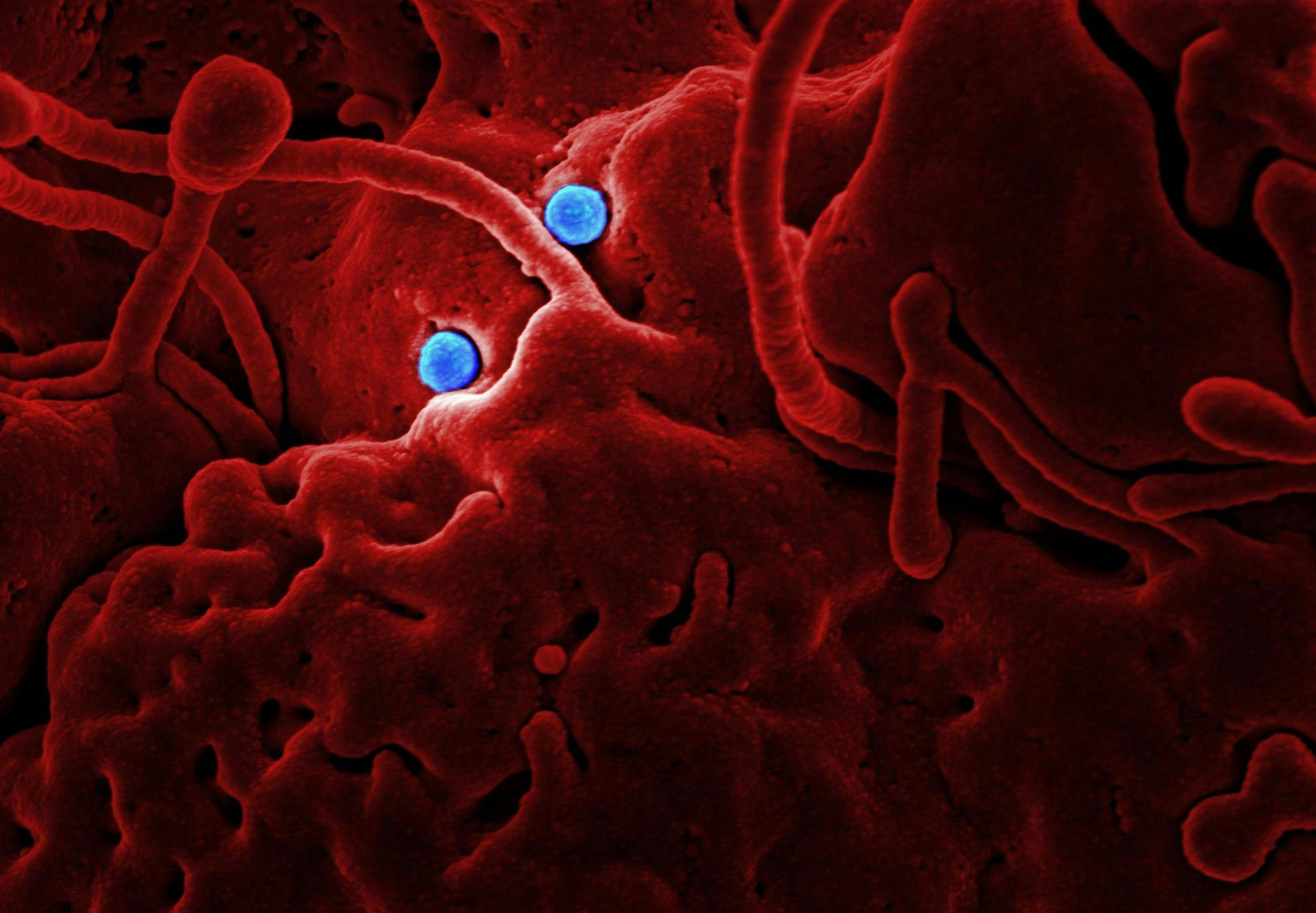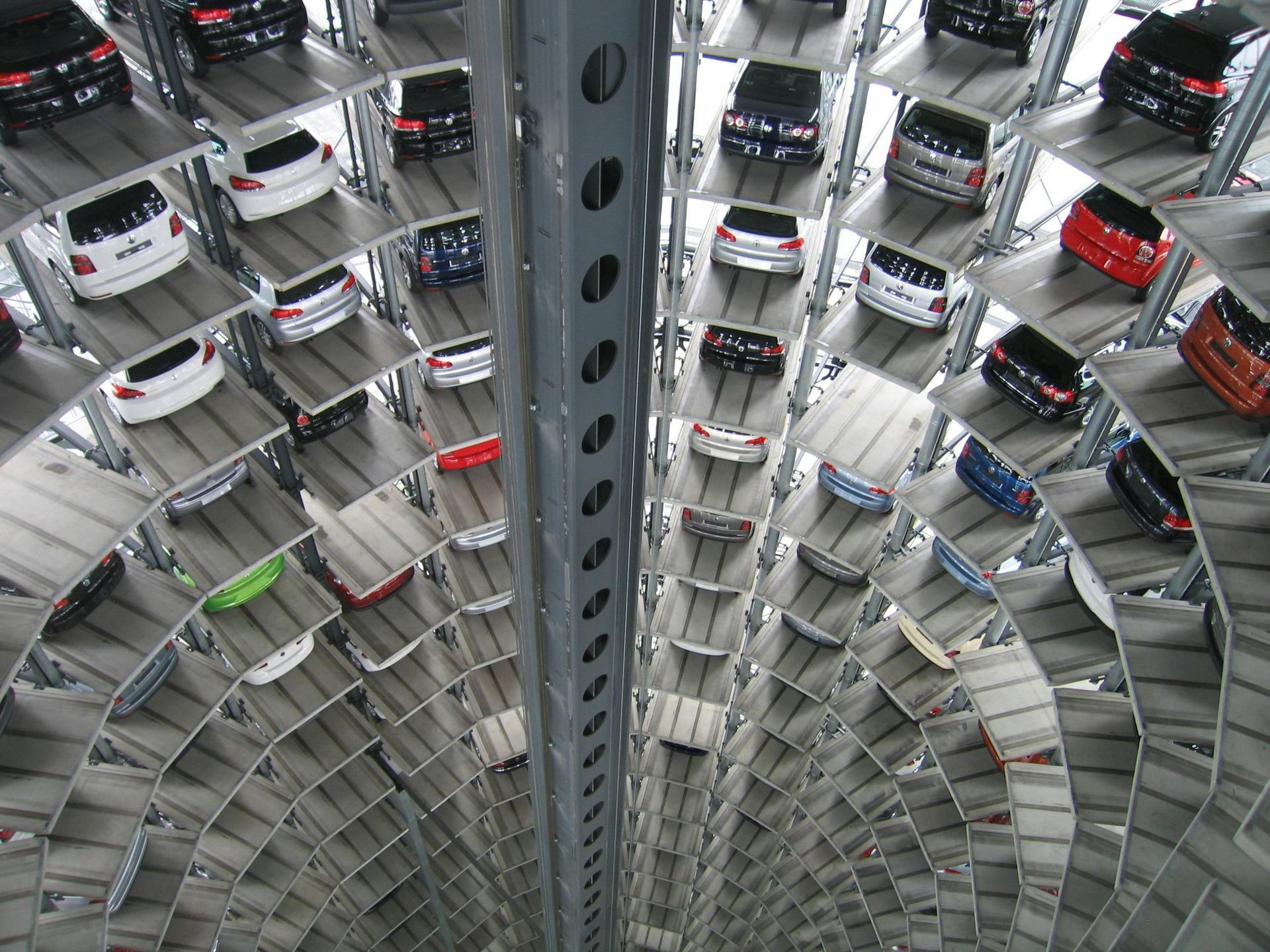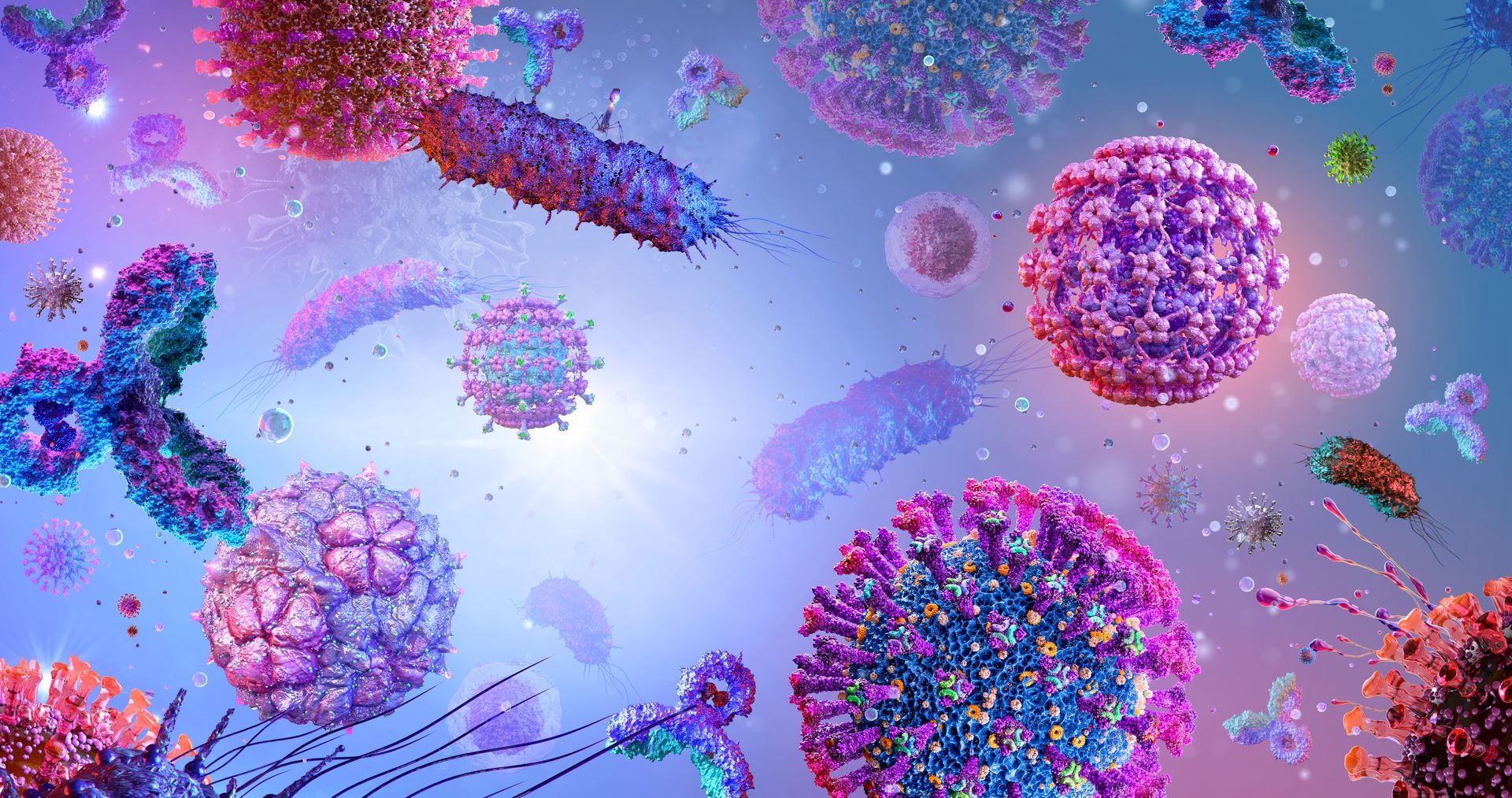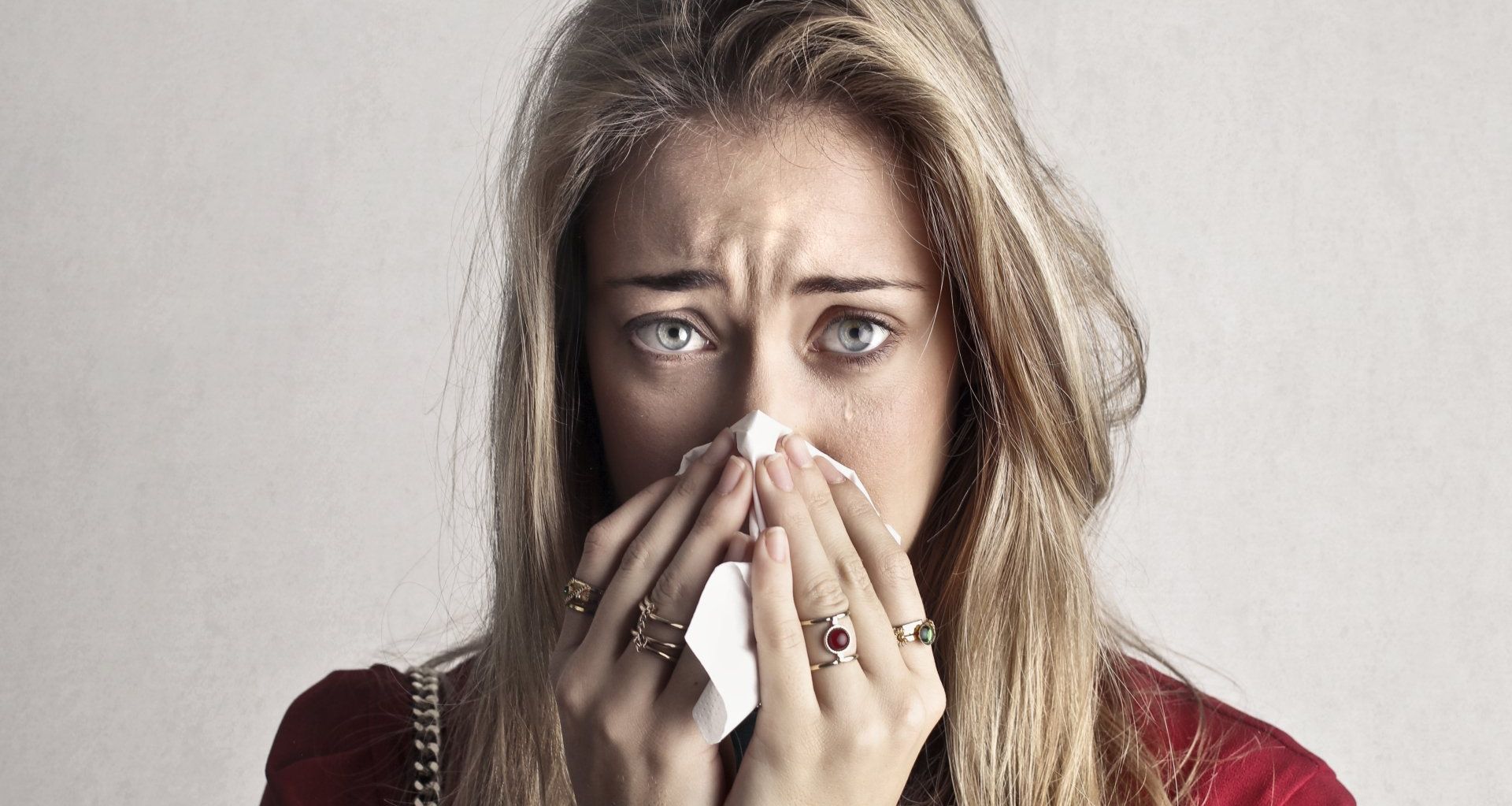Brilliant UV disinfection for public transport
Wherever people gather in crowds, in close proximity, there’s a risk of diseases spreading. It could be the common cold or covid, or it might be something a lot more serious.
An epidemic is defined as the fast spread of disease to a large number of people within a short time. In meningococcal infections, for example, an ‘attack rate’ of more than 15 cases per 100,000 people for two weeks in a row qualifies as an epidemic.
Simply being in a crowd is linked with an increased risk of pathogen infection. Because most pathogens are invisible and the symptoms they cause can be either delayed or impossible to spot, it’s hard for us to identify people who are carrying pathogens. No wonder so many people feel uneasy in a crowd. Some scientists say it’s a natural reaction we’ve evolved to stay safe from illness.
New epidemics are occurring across the world
We’ve had several epidemics since covid hit. In 2020 the Democratic Republic of the Congo suffered an Ebola outbreak. Also in 2020 there was a serious dengue outbreak in Singapore and a Nigeria yellow fever epidemic. 2021 saw a black fungus epidemic in India and there was a global epidemic of hepatitis of unknown origin in children during 2021-22. Then there was the 2022–2023 monkeypox outbreak, still going on, and the 2022 Uganda Ebola outbreak, also still active.
Why public transport settings are particularly risky
Thanks to the increased potential for human contact, dense social environments like airports, bus stations and rail stations come with a higher likelihood of disease transmission. The same goes for planes, trains and buses themselves, all places where people are crowded together, potentially for long periods of time.
Public transport settings are all about ongoing travel. You go to the airport to fly thousands of miles on holiday, to the train station for a trip to the capital, or to the bus stop to commute to work. This means the risk isn’t only about being in a crowd at the location itself, it’s about spreading any disease you catch far and wide in a very short space of time. And that’s a risk worth tackling for everyone’s sake, including the employees of public transport businesses. If half of your drivers go off sick, or all your support staff, it’s a real challenge to keep the service going.
How to keep public transport staff, customers and everyone else safe from disease
Against a landscape like this, you want to keep everyone as safe as it’s possible to be. But even large teams of human cleaners equipped with chemical cleaning products will struggle to keep stations, airports, buses, trains and aircraft constantly, safely disinfected.
You want a solution that works hard in the background to keep the air and surfaces clean and safe without harming people. You want it to be simple, cost effective to buy, easy to fit and cheap to run. You’d like it to be environmentally responsible. And it has to be scientifically proven beyond doubt.
So can anything tick all those essential boxes? Yes, it can and it does. Our UVC units run on safe, low energy LED bulbs. They fix into existing light fittings easily. Some are portable. Whichever you buy they run cheaply, using very little energy. And the technology has already been used for more than 50 years in healthcare settings around the world to destroy the DNA inside – therefore kill - an enormous list of nasty disease-causing pathogens.
As this study suggests, there’s a real link between public transport use and the transmission of infectious diseases. The study’s authors recommend that the results are used to
‘inform the development of non-pharmacological interventions that can act on preventing instead of curing infections and are, potentially, more cost-effective’.
And there we rest our case.
It isn’t the only study looking into pathogens and public transport. There are several more, and they all say much the same thing. Simply search Google for ‘diseases spread by public transport’ to read them.
If you’d like to give your public transport business a head start in keeping diseases at bay, our technology is the perfect solution. Contact us to find out more.










